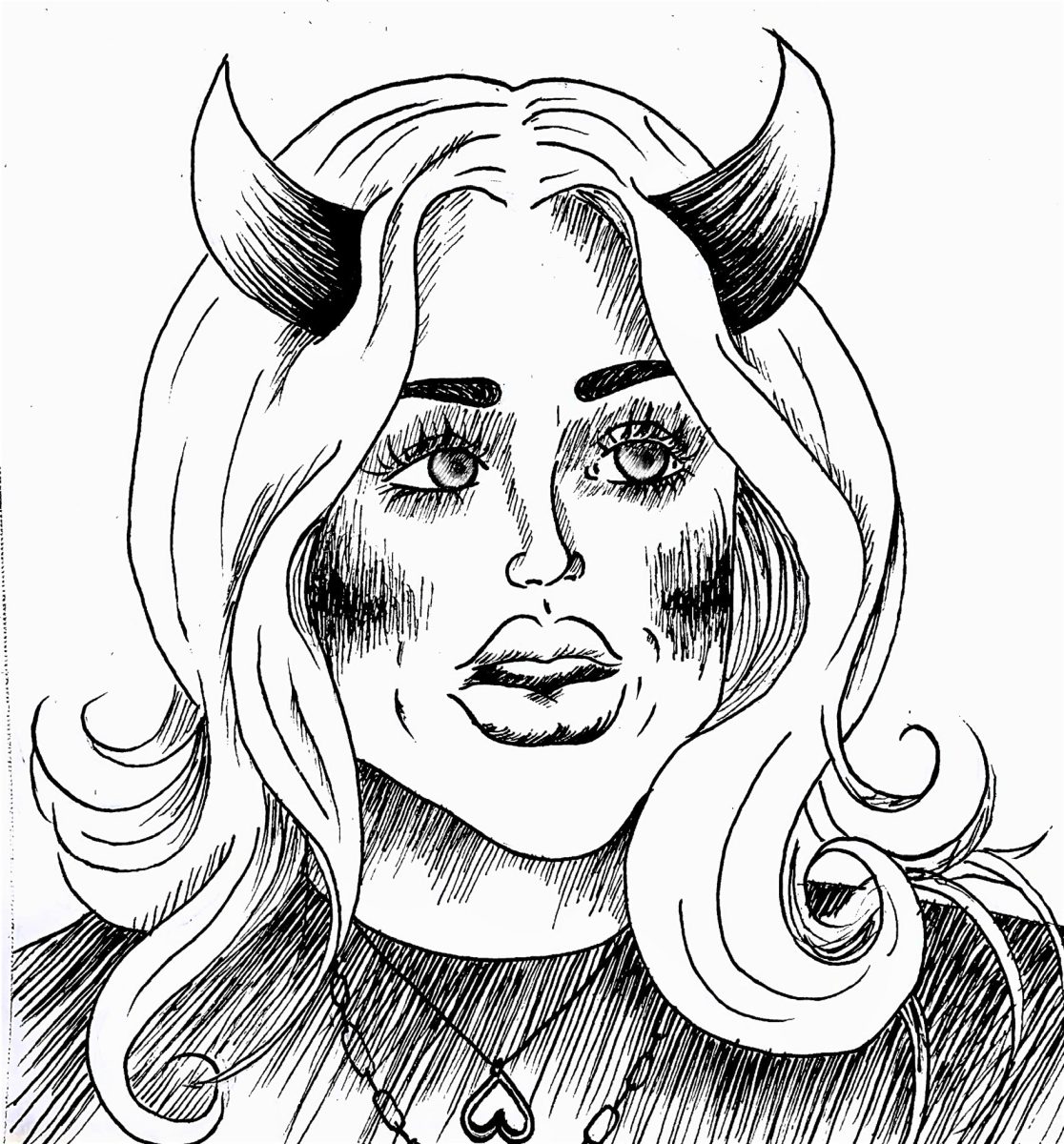Six degrees of separation provides the impetus for this writing. Karinthy is credited for the idea that any two people in the world can be connected by a maximum of six steps (1929). Let’s begin this journey with Caspar Wistar, a physician born in Philadelphia in 1761, 15 years before the beginning of the American Revolution.
Caspar Wistar the Younger was the grandson of Caspar Wistar the Elder, a German immigrant. Caspar the Elder arrived in America in 1717 at the age of 21 with nine pennies in his pocket. He established a glass factory and became an exceptionally successful land trader in Pennsylvania. Wistar the Younger received his M.D. from the University of Edinburgh in 1786, five years after the ratification of the Articles of Confederation. In addition to his duties as a physician and teacher, Wistar developed anatomical models by injecting human remains with wax. With Thomas Jefferson (yes, that Jefferson), he examined the fossil remains of the giant ground sloth known as Megalonyx. Wistar’s human models were housed at the University of Pennsylvania for years. Ultimately a grandnephew, Isaac Wistar, created the Wistar Institute of Anatomy and Biology (in honor of Caspar) in 1892. The Wistar Institute was the United States’ first independent medical research organization and where the first standardized laboratory rat was developed. It is estimated that about half of all the laboratory rat breeds can be traced back to the Wistar Rat of 1906. (Parenthetically, Wistar rats are mean; they bite. I prefer to work with Fisher or Sprague-Dawleys.)
Now it is time to land in the lap of Thomas Nuttall. As a balding English botanist, Nuttall worked in the United States on and off for more than 30 years. In 1818 he published “The Genera of North American Plants.” This book leads us back to Thomas Jefferson, who sent the Lewis and Clark expedition on their way in May of 1804. This expedition took place three years after the first Barbary War when Jefferson refused to pay tribute to the Muslim Barbary pirates and within months of Stephen Decatur’s raid into the Tripoli harbor.
Nuttall for a time traveled with the Astor Northwest Expedition in 1811. John Jacob Astor (yes, that Astor) had established the Pacific Fur Trading Company and he needed to better understand the Northwest Territories (better than Lewis and Clark). Astor wanted to put together a great trading company based at Fort Astor (a walled fort), near the mouth of the Columbia River. The Astor Expedition essentially followed in the path of the earlier Lewis and Clark expedition. In South Dakota the tag-along Nuttall left the Astor expedition to follow Ramsay Clark (also involved in fur trading) up the Missouri River further north. After spending months collecting and describing plants, he joined up with the Spaniard Manuel Lisa (another fur trader) who was heading back to St. Louis. Both Ramsay Clark and Manuel Lisa were married to Indian women (a parenthetical comment). The War of 1812 scuttled Astor’s worldwide trading network.
Back to Thomas Nuttall “¦ In his 1818 book, Nuttall has an entry number 517. This entry is a description of Wisteria. This popular ornamental legume with eight chromosomes was named for the grandson of a German immigrant by the visiting English botanist. A footnote for the entry states: “In memory of Caspar Wistar, M.D. late professor of Anatomy in the University of Pennsylvania, and for many years president of the American Philosophical Society: a philanthropist of simple manners, and modest pretensions, but an active promoter of science.” Caspar Wistar, the younger, died in 1818. Harking back to Karinthy, there are numerous pathways to connect numerous events and people to a lab rat.
Hysteria is a Latin-originated noun meaning “exaggerated or uncontrollable emotion or excitement, especially among a group of people.” I call the word to your attention because hysteria rhymes with wisteria. On Jan. 27, 2017, President Trump signed an executive order titled “Protecting the Nation From Foreign Terrorist Entry into the United States.” The order calls for changes to how some non-U.S. citizens can enter the country. It is pretty clear that more thought might have been given to how the executive order might have been implemented. Regardless, a form of hysteria had taken over: exaggerated excitement and uncontrollable emotion. As a singular event the Jan. 27 executive order might be considered a bump in the road. However in a historical context this executive order is thought to personify other possible transgressions or mistakes.
Rhyming wisteria and hysteria is trivial. My approach for recalling the story of the naming of wisteria the way I did serves a greater purpose. A dimeless German immigrant comes to the U.S. shores 300 years ago. With help from his Quaker friends, he becomes a prosperous citizen of Philadelphia. Nearly 70 years later his American-born namesake earns his medical credentials at a Scottish university. Later, Wistar the Younger takes over the American Philosophical Society from Thomas Jefferson and the Society for the Abolition of Slavery from Benjamin Rush, a physician and signer of the Declaration of Independence. Wistar, the grandson, provides the impetus for the establishment of one of the great medical research institutions.
Gerd Maul was born in Nazi Germany in 1940. Gerd and I were graduate students at the University of Texas at Austin in 1965. We worked together as teaching assistants in the Mammalian Physiology lab program. Gerd later was employed at the Wistar Institute for nearly 40 years and produced exceptional research. If immigration practices had restricted Caspar Wistar or Gerd Maul from entry, the United States would have been the lesser for it. If Thomas Nuttall had been denied entrance to the United States and its territories, what name would that climbing vine bear today? Is there a Caspar Wistar waiting to leave Sudan for the promise of America? What if Mary Anne MacLeod was from Iran? The hysteria must be controlled so that the fragrant deep lavender flowers of the wisteria can continue to bloom.






